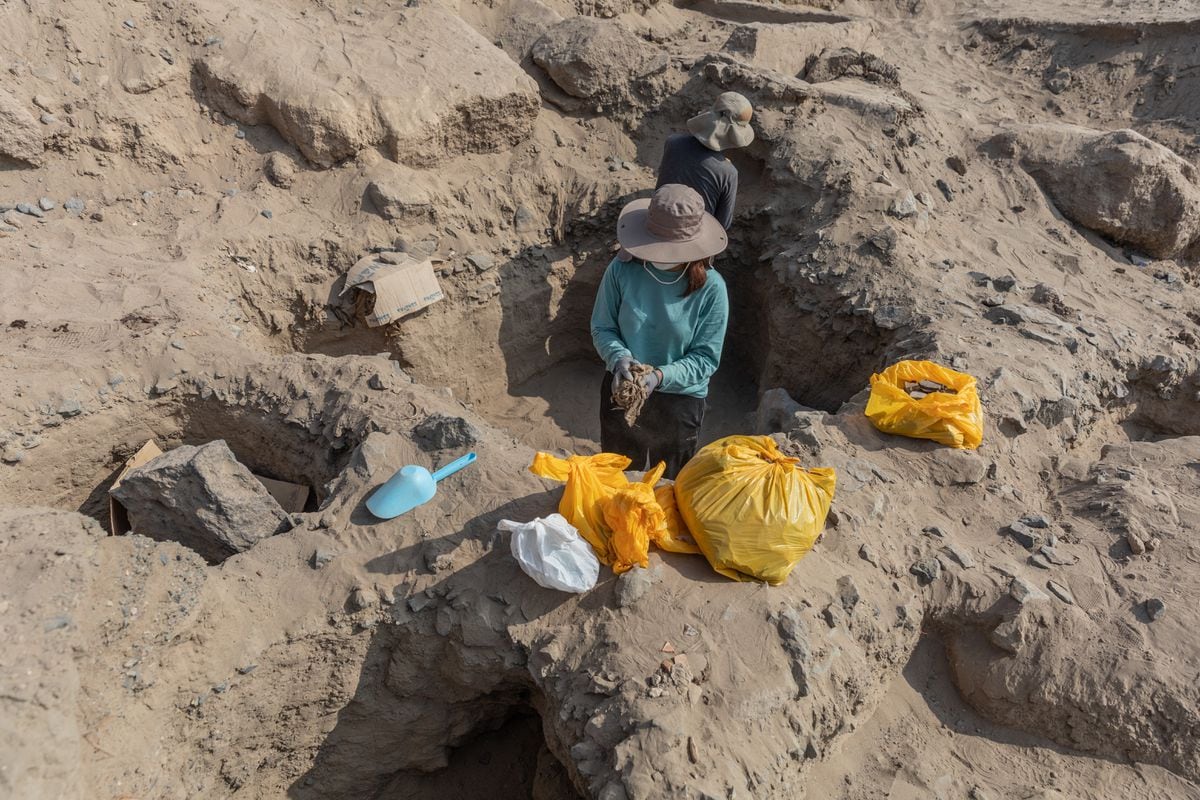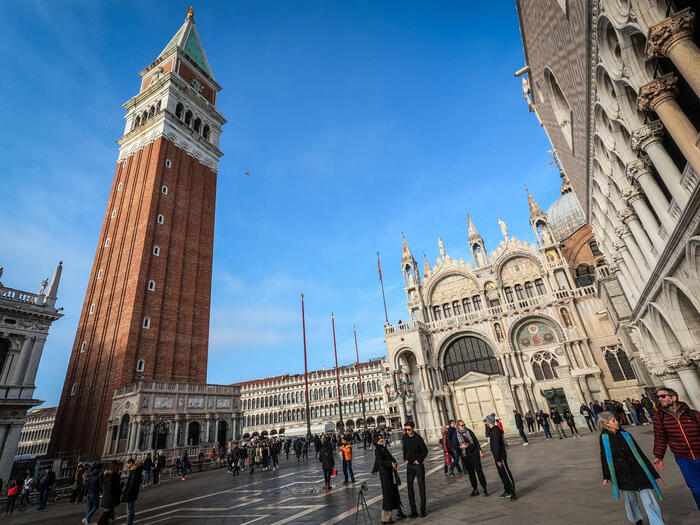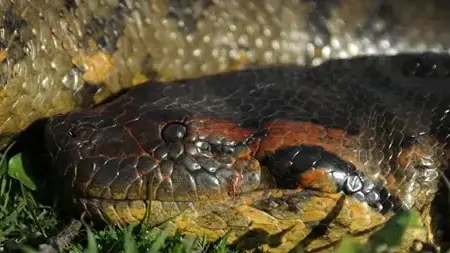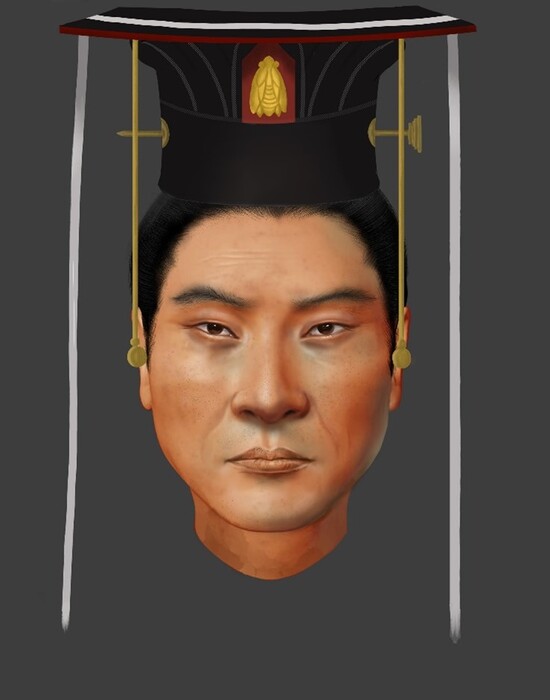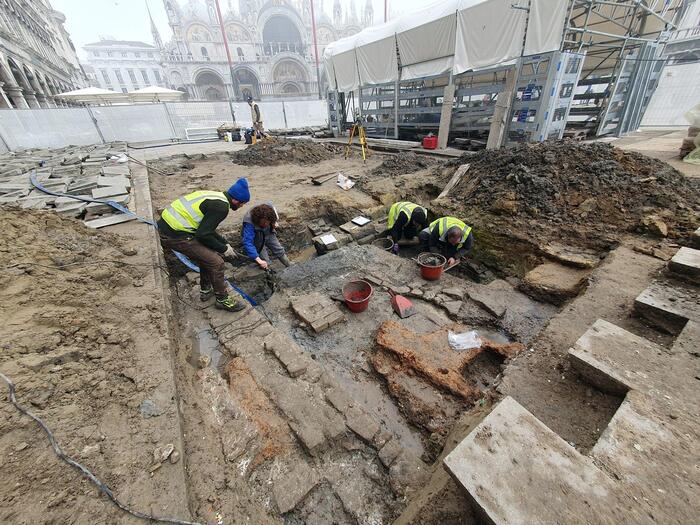EL PAÍS offers the América Futura section for its daily and global informative contribution on sustainable development. If you want to support our journalism, subscribe here.
"They managed six ecosystems," says Pieter D with determination and enthusiasm. Van Dalen Luna, doctor in archaeology from the National University of San Marcos, the oldest in Peru and America, in the middle of the archaeological site called Macatón, located near the city of Chancay (about 70 kilometers north of Lima). At the head of a team of 50 young archaeologists and students, the scientist has just discovered a few weeks ago a funerary bundle of at least 1200 years old that has not yet been fully opened, but in whose environment there is an ancient wooden oar. It is at the bottom of a dusty pit about seven meters deep, on the right side of the baled character.
On the left side, there is a kind of wooden scepter that would indicate the relevance of such a character, who would be a kind of hierarch of the Chancay culture, a political-social formation that developed between the year 1000 and 1470, when it was annexed to Tahuantinsuyo, the territory governed by the empire of the ncas. In this small enclosure, it smells of history.
The six ecosystems to which Van Dalen refers are the coastline and the coast, the surrounding valleys, the hills (hills that between May and September are filled with vegetation due to humidity), desert pampas (but where there were trees and animals before), the ravines (there are about 40 in the area) and the hills. A complexity that was handled with skill.
Skeletal and ceramic remains found in Macatón.Sebastian Castaneda
"They thought about the survival of the species [of plants and animals] that lived there and did not prey on them in the long term," says the head of a team of 40 people, including archaeologists and students, who since the second half of 2022 is exploring the area. "The llamas sacrificed in a burial, for example," continues the specialist, "are adult individuals."
The same happens when animal motifs are observed in Chancay iconography: they are never juvenile specimens but, rather, of average adult age, as Van Dalen insists. "They didn't kill calves," he adds. This practice and others reveal that, centuries ago, in this place there was a certain sustainable rationality and prevention, not a desire to prey without control as it happens today.
In fact, as if fate and historical traces colluded, the discovery of this hierarch chancay has coincided with an accident caused by the Megaport of Chancay, a pharaonic port project, in Peralvillo, a neighboring town. For reasons still unknown, on May 16 a part of this town sank due to the construction of a tunnel of the work.
Something like this, saving the times and technologies, would not have happened in pre-Hispanic times, when the management of the environment was more intelligent. In his book The archaeological ecosystems in the lower basin of the Chancay-Huaral River, Van Dalen explains in detail how in these territories, today taken by human settlements in a somewhat unleashed way, there was another rationality.
The sea, one of the main ecosystems for the Chancay culture, was exploited with some skill so that resources are not exhausted, at least not quickly. In the excavations made in Macatón, which is strictly a pre-Hispanic cemetery, remains of small fish have been found in some grave goods.
They would be specimens of anchovy (Engraulis ringens), one of the riches of the Peruvian sea, which suggests that several species of the trophic chain were consumed, not only the largest and most coveted, as is the case today. According to Van Dalen based on studies by Peruvian historian Maria Rostorowski, there were several fishing villages in the area.
And so skilled were these seamen that, during the period they were part of the Tahuantinsuyo, they supplied the empire with fish and shellfish, which they caught with nets, harpoons and possibly with hooks. Another species they hunted was the sea wolf, which in the Quechua language spoken by the inhabitants of the Chancay culture was called thome.
Aerial view of the tomb at the archaeological site of Macatón.Sebastian Castaneda
Its skin, meat and oil were used, and it was captured only when it came out of the sea to the beach. When birds or mammals were hunted in valleys, hills or wetlands, middle-aged or elderly specimens were also preferred, so that the species are not exhausted. "There was an awareness of the care and preservation of species," Pieter emphasizes next to the grave.
These practices were declining when the conquerors arrived and there was a cultural break that until now has consequences, and of which the disorderly expansion of the populations and the agricultural frontier were a testimony. The conquistador Hernando Pizarro and 23 others were the first Spaniards to arrive in the Chancay area.
Apart from the furious epidemics of 1556, 1558 and 1585, which decimated the population, and the mistreatment of the encomenderos —as Van Dalen points out in his book—, towns were created with another logic of ecosystem management. It was foreseeable that some practices would be lost, even though during colonial times the Chancay continued to supply the population.
One of the ecosystems that suffered the most from the sociocultural impact of the conquest, and especially of the Republic itself, was that of the wetlands, where pre-Hispanic fishermen also fished, to catch mullets (Mugil cephalus). The depletion of aquifers by the excessive use of groundwater caused these upwelling waters to almost collapse.
In the neighboring town of Boza, where until a few years ago there was a spa of medicinal waters, the wetlands were reduced 10 times in relation to pre-Hispanic and colonial times. Likewise, the numerous hills in the valleys have shrunk due to urban and agricultural advance. Before, all those hills abounded in deer, vizcachas, foxes or partridges.
In some media they have baptized the buried character found 'The Lord of the Sea', for the oar found and because it is presumed that the population was supplied with fishing resources in particular. But perhaps that hierarch was one of the leaders of a culture that governed, with much more vision than today, several ecosystems that today are mercilessly exhausted.

